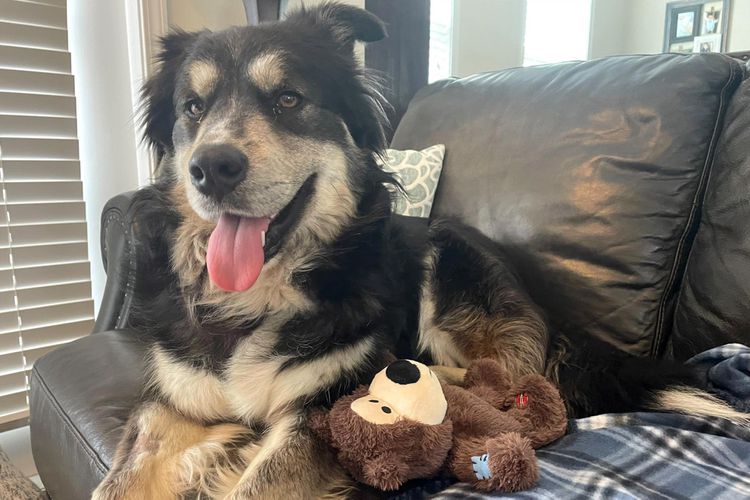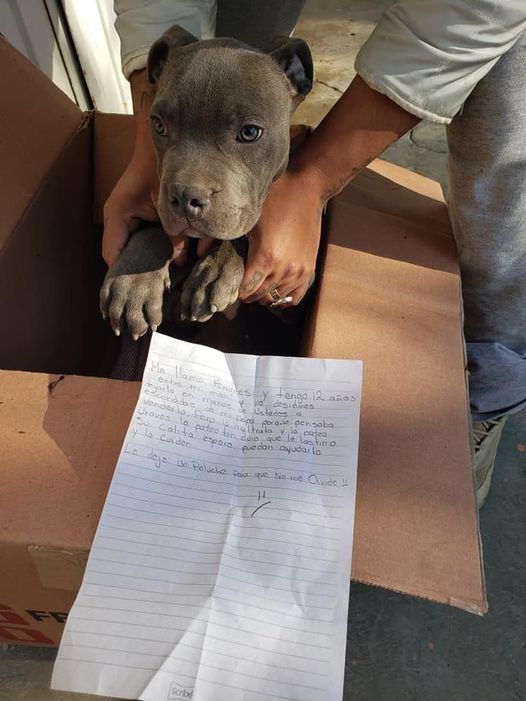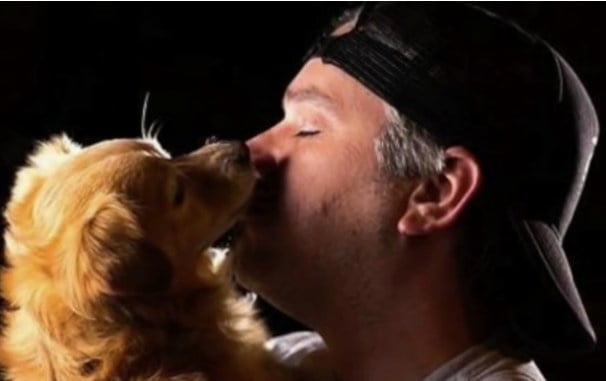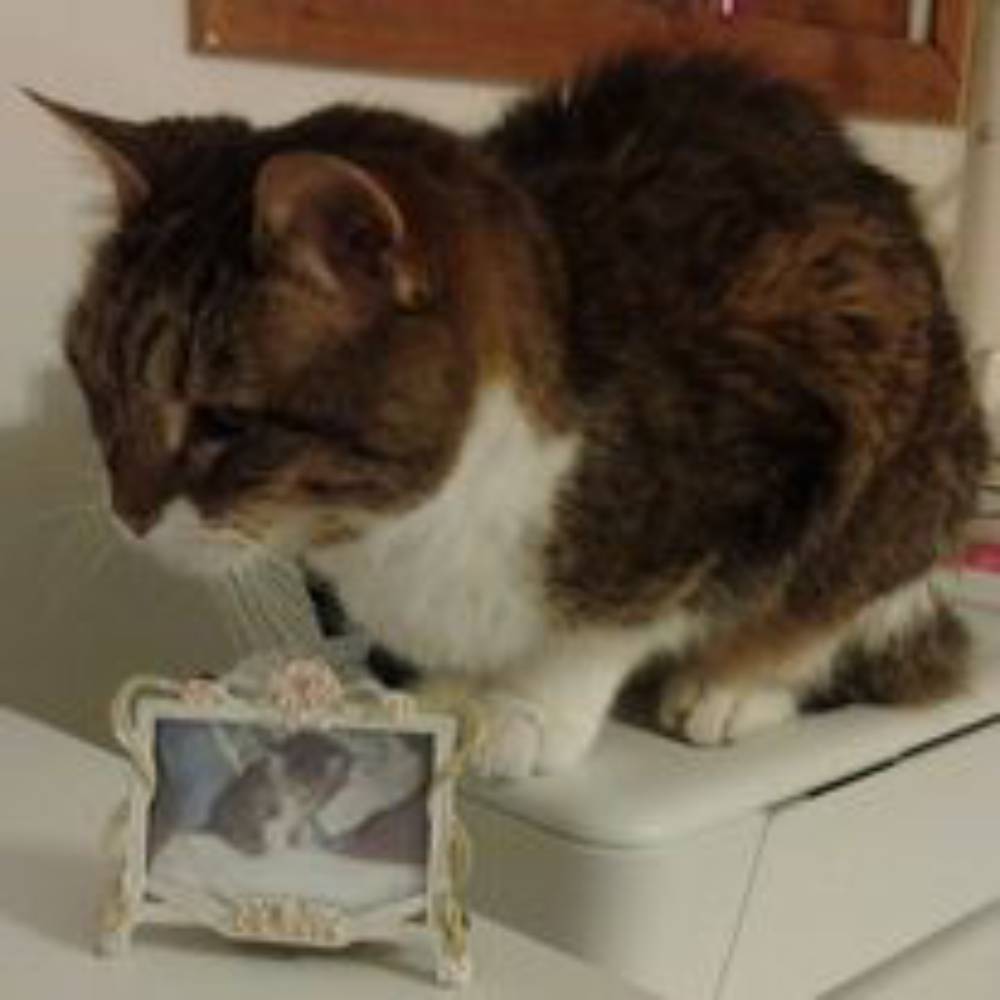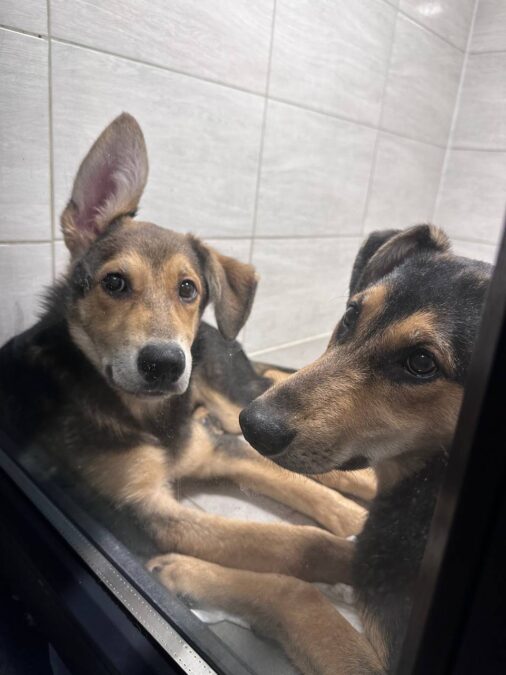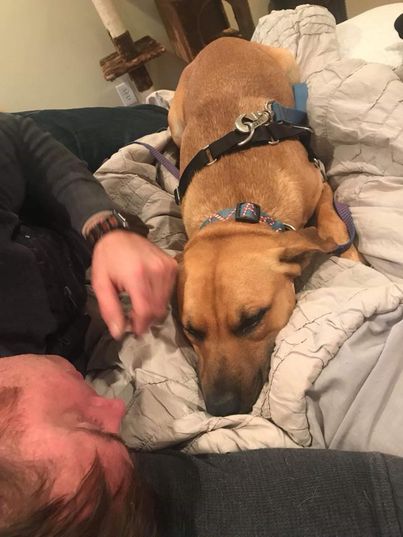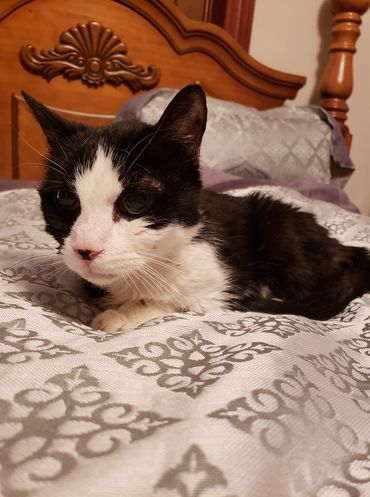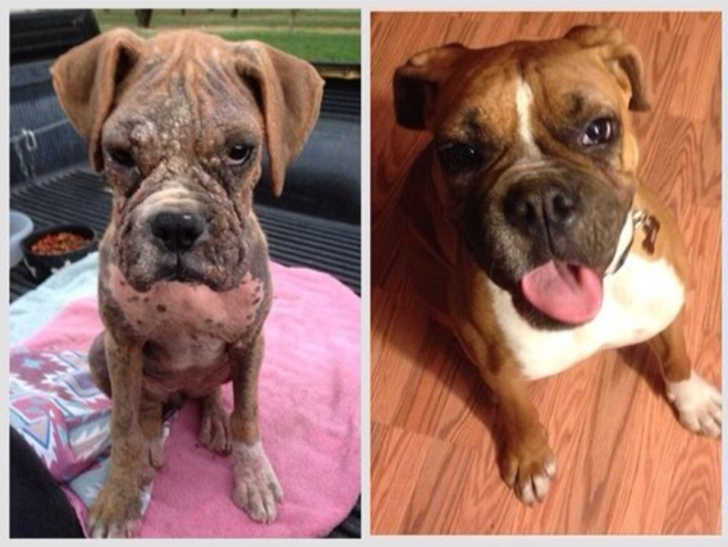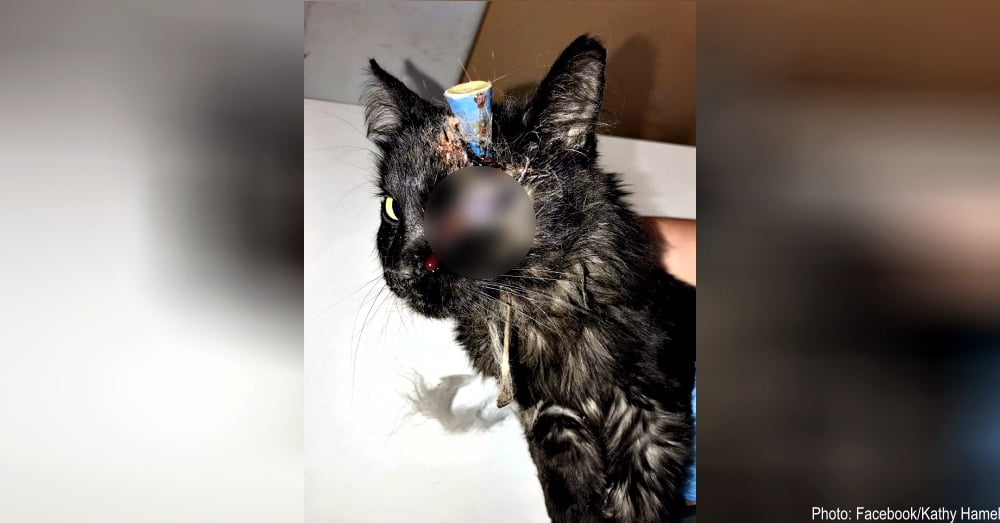Rescuing cats, one paw at a time
Dr. Conrad’s journey with The Paw Project came out of her desire to help animals recover after being declawed, often performed for the entertainment industry.
“When I finished vet school, I worked mostly with exotic animals and big cats and I saw so many of them had been declawed,” she says. “They were suffering from it. So I thought, I have to try and do something for them because they can’t live like this.”
Recognizing the dire need for change, and finding herself in the perfect place to take action, she did.
“I had a mutual friend with the deputy mayor to the City of West Hollywood, and he had just found a declawed cat a little domestic cat,” Dr. Conrad recalls. “He came to visit me while we were working on a big lion who wouldn’t let me take her bandages off after I did her paws. So she was frustrated, and I didn’t want to knock her out again. And I flippantly said to the deputy mayor, ‘Why don’t we make it illegal to declaw in West Hollywood?’”
That conversation launched The Paw Project’s mission to educate other veterinarians on the dangers of declawing, despite the money it brings in to vet offices.
“I’ve had veterinarians tell me that it’s their bread and butter or that they make $75,000 or $85,000 a year declawing and they’re not going to stop,” Dr. Conrad says.
The surgery salvages the paws by taking out infected bone and reconnecting the tendons. That way, the the paw is more functional, even though it’s shorter.
“We’re not putting bone back in, we’re just making the best we can with what’s left,” Dr. Conrad says.
By her estimate, the organization has to date helped 80 big cats over the course of 240 surgeries, and hundreds more domestic cats have benefitted from the operation.
Reparative Surgery for Declawed Cats
The reparative surgery performed by The Paw Project involves making an incision on the underside of the toe, at the site of the former claw, all the while avoiding the pad. In cases where part of the third phalanx remains, the procedure includes exposing the partially amputated bone, removing infected tissue and nail remnants, and re-contouring the bone’s end.
Tightening the suture repositions the pad closer to its proper anatomical position. While the surgery cannot fully replace the damage done, it offers improved extension and flexion of the paws, allowing cats to grasp objects, reducing chronic foot infections’ pain.
As Dr. Conrad notes, declawed cats often lose their homes as they have lost a critical way of defending themselves and result to biting, and they use the litter box less because it hurts to dig in the sand.
After reparative surgery, these cats are more adoptable, and less lik
Hope for a Declaw-Free Future
Dr. Conrad’s ultimate goal for The Paw Project is to eliminate declawing completely. She envisions a world where no cat, big or small, has to endure the pain and suffering brought about by this practice.
My true hope is that I put myself out of business,” Dr. Conrad says. “I’ve accomplished my goal if declawing is nowhere on the planet. No one does it. No one would ever think of doing it. Then I could say I did what I wanted to do — to protect cats from something that’s egregious, and it’s their doctors doing it to them.”
A Glimpse of the Future
The Paw Project’s tireless efforts are an essential part of a broader movement aimed at protecting the rights and well-being of animals. The future they envision is one where declawing is a thing of the past, where cats can stretch, run, and play as nature intended, without pain or suffering.
The power to make this vision a reality is in our hands. Join the cause, support humane alternatives to declawing, and contribute to a world where our feline companions are safe from the risks and consequences of this inhumane practice.
- 10 Lợi ích không ngờ khi cha mẹ ôm con mỗi ngày: "Bí mật của cái ôm"
- Hòa Bình: “Lợn ăn lá khoai, nhai cây chuối” là giống lợn gì mà tết là đại gia, nhà giàu “săn lùng”?
- Khám phá cuộc sống nông thôn Bắc Bộ trong bộ ảnh màu trăm tuổi
- Đừng nghĩ cho chén cơm rồi phán có chồng nuôi sướng thân: "Lương làm mẹ ở nhà vài tỷ còn ít chán"
- Tai nạn kinh hoàng giữa Ô tô khách và container: Số thương vong đã lên đến 10 người

